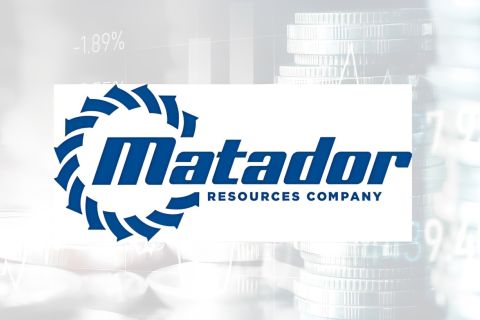
Capturiant is positioning itself to serve as a validator of carbon credits through minting and certification of the credits’ authenticity. (Source: Shutterstock)
The still-voluntary carbon credit market needs a few more pushes to turn it from a virtual flea market to a marketplace that transforms “hot air to cold cash,” as Pedro Blanco, managing director and head of business development at Capturiant, puts it.
A rigorous “minting” process is necessary to assure value. So is a third-party validation of carbon capture credits. Those elements are being formed in new profit-based frameworks aimed at reducing emissions. Those steps and expected regulatory tightening should help the new market take shape.
Capturiant, a Houston-based, year-and-a-half old startup, is positioning itself to serve as a validator of carbon credits through minting and certification of the credits’ authenticity. The company also provides a registry on which credits can be sold, laying at least some of the groundwork for the fledgling market.
“The rest of the world right now is the Wild West,” Blanco told Hart Energy Nov. 29 following a presentation at Hart Energy’s DUG Appalachia Conference in Pittsburgh. “This was a market that was created naturally. … The market is dynamic. It’s changing every month.”
The market may be young, but it’s very real with customers ready to buy credits.
“The carbon credit [space] is still a voluntary market. We are expecting this to be regulated pretty soon,” he said during the conference. “It’s being done, and there’s people in the market who are willing to pay for those credits.”
Carbon credit validation is key.
First, projects suitable for carbon credit qualification have to be identified, and can be anything that contains a greenhouse gas. Financial, technical and environmental analysis must be performed to determine the qualification. Methodologies such as those from the U.N. COP meetings and global climate summits provide the framework, Blanco said, adding that a third party is needed to validate the methodology.
The amount of carbon must be properly measured by an engineering firm or other outside expert.
After the project is evaluated, a registry such as Capturiant could be hired to “mint” the carbon credits and put them on the market, Blanco said.
“Those minted carbon credits appear on a registry or you just negotiate over the counter, like you negotiate any other asset in the market,” he said. “The type of project will impact the price.”
Continued monitoring must take place with year-by-year scrutiny from an outside company. Blanco said this does not just ensure the carbon stays in the ground, but it adds to the marketability with more precise measuring increasing the marketability of the commodity.
“You can actually sell future or what we call ex ante credits,” he said. “That will allow you to not only to pay or the project but also to gain in present value.”
Blanco said a Texas group of mineral owners have already used an engineering company to verify the amount of oil in the reservoir and price credits.
“This is a controversial project because it’s actually captured oil in the ground,” Blanco said.
Still, the current market remains “all over the place” with carbon credits trading from cents to up to $1,000 a ton.
Prices could be stabilized by further development of the market and regulation.
“If the market gets regulated, which we think eventually it will be because we already exposed this in front of the [Commodity Futures Trading Commission], we will have all the tools in place to treat a carbon credit as a commodity,” Blanco said.
A potential customer base could be massive, ranging from individuals to large corporations. Small property owners with mineral rights could sell their carbon credits as commodities, and massive emission-producing companies such as airlines could be among the buyers as they seek ways to reduce their carbon footprint.
Blanco said buying a carbon credit backed by a blockchain “doesn’t make any sense” because producing that blockchain produces more CO2 than the actual ton that is sold.
Recommended Reading
Enbridge Advances Expansion of Permian’s Gray Oak Pipeline
2024-02-13 - In its fourth-quarter earnings call, Enbridge also said the Mainline pipeline system tolling agreement is awaiting regulatory approval from a Canadian regulatory agency.
Canadian Natural Resources Boosting Production in Oil Sands
2024-03-04 - Canadian Natural Resources will increase its quarterly dividend following record production volumes in the quarter.
Matador Stock Offering to Pay for New Permian A&D—Analyst
2024-03-26 - Matador Resources is offering more than 5 million shares of stock for proceeds of $347 million to pay for newly disclosed transactions in Texas and New Mexico.
Chesapeake Slashing Drilling Activity, Output Amid Low NatGas Prices
2024-02-20 - With natural gas markets still oversupplied and commodity prices low, gas producer Chesapeake Energy plans to start cutting rigs and frac crews in March.
Will the Ends Justify the Means for W&T Offshore?
2024-03-11 - After several acquisitions toward the end of 2023, W&T Offshore executives say the offshore E&P is poised for a bounce-back year in 2024.





